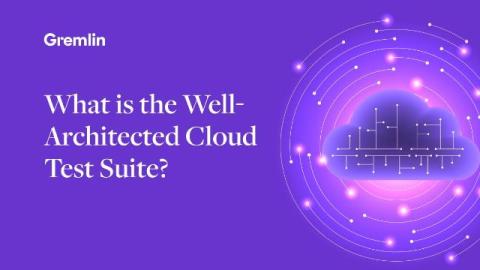How to test AWS managed services with Gremlin
Note In this blog, we use “managed service providers” to refer to companies that provide hosted computing services, not managed IT service providers (MSPs). When was the last time you thought about the reliability of your cloud dependencies? The biggest challenge with using cloud platforms and SaaS services is also its biggest strength: the provider controls everything.











